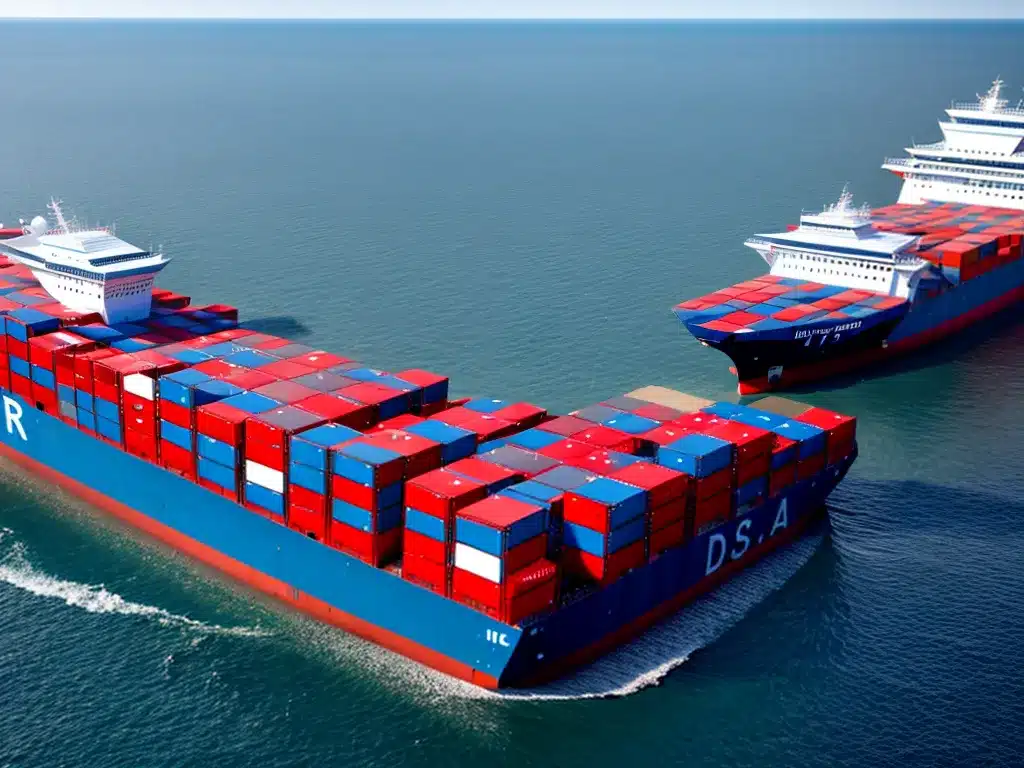
IoT at Sea: Connecting Ships, Ports and Maritime Logistics
The maritime industry is on the cusp of a digital transformation driven by the Internet of Things (IoT). As ships, ports, and the whole logistics chain adopt smart sensors and connectivity, efficiency stands to dramatically improve across this massive global industry. In this article, I explore the key applications and benefits of IoT in the maritime sector.
The Potential of IoT in Maritime Logistics
The shipping industry moves over 80% of global trade by volume. With so much activity, even small optimizations can drive big benefits. IoT creates data visibility that enables better planning, tracking, and automation. I anticipate three main areas where IoT can transform maritime logistics:
Fleet and Cargo Tracking
With smart sensors across vessels and cargo containers, companies gain real-time insight into locations, conditions, and transit times. This allows for proactive planning and interventions, reducing costly delays. Operators can track fuel consumption, engine performance, and required maintenance too.
Port Operations
Ports are complex environments with many moving parts. IoT sensors help coordinate activities across terminals, berths, rail links, and more. Operators can monitor infrastructure use, congestion, and risks to optimize flows.
Regulatory Compliance
Maritime regulations require detailed reporting on cargo, emissions, ballast water, and more. IoT automation simplifies compliance while enhancing oversight. Authorities can remotely audit and verify activities.
Key IoT Applications on Ships
Onboard a modern ship, IoT takes many forms to improve safety, efficiency, and daily operations:
Navigation and Situational Awareness
Integrated sensors like radar, GPS, and cameras provide enhanced navigational visibility and collision avoidance. Software can automatically detect nearby ships, obstructions, or dangerous conditions.
Engine Monitoring
On large vessels, the engine room contains thousands of sensors. Monitoring systems track real-time performance, fuel use, and upcoming service needs. Analytics identify efficiency opportunities too.
Inventory and Maintenance
Crews must sustain all onboard systems in working order. IoT gives total visibility into spare parts inventories and equipment health. Maintenance can be proactive and parts replenished in advance.
Guest Experience Enhancements
On cruise ships, IoT creates a smoother passenger experience via engagements like custom in-room climate controls, smart devices, and connectivity services. Crews gain mobile tools to respond faster as well.
Realizing the Future of a Connected Maritime Industry
The maritime industry is rapidly digitizing, but realizing the full benefits of IoT requires overcoming some key challenges:
- Legacy systems must be modernized with smart devices and connections.
- Fleetwide implementation demands common data standards.
- Cybersecurity is critical to address on ships and across ports.
- Seafarers will require extensive retraining on using new technologies.
With smart investments and updated skills, IoT can transform maritime operations. I look forward to seeing how connectivity unlocks efficiency and innovation across this vital global industry. The future of IoT at sea is bright.












